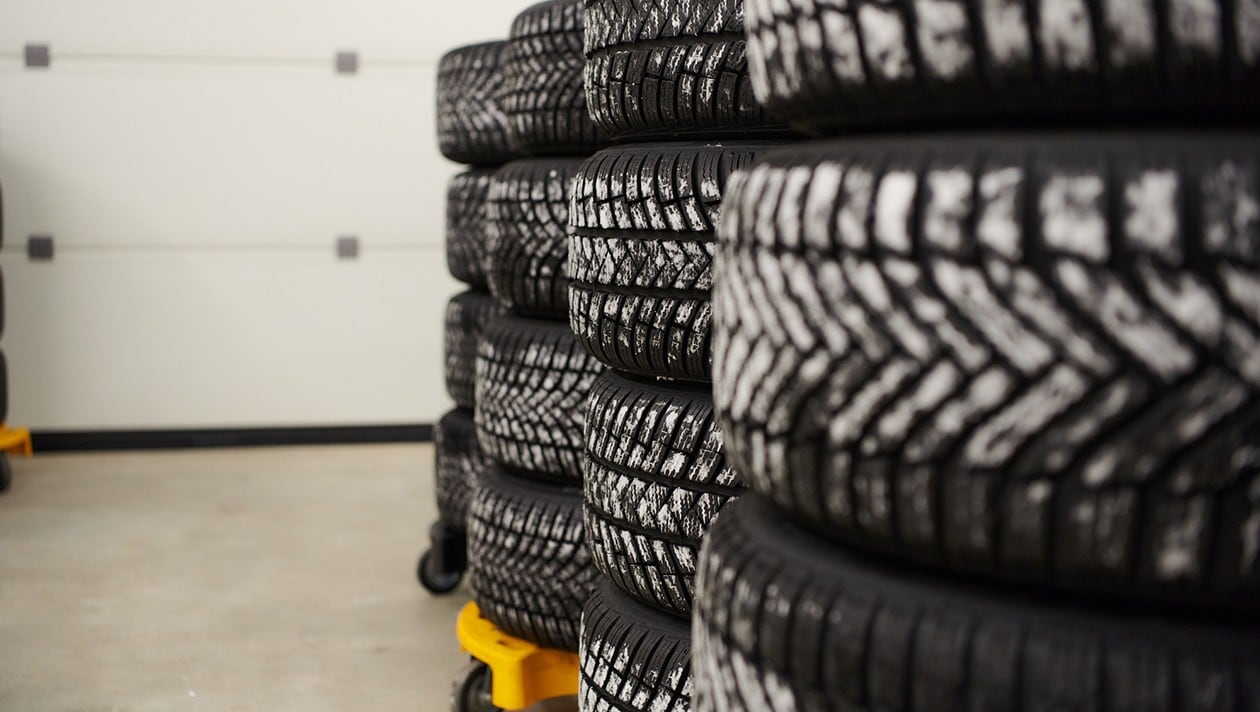The ÖAMTC has been testing tires for exactly 50 years. To mark the anniversary, the club and its partners examined 32 winter tire models: 16 each in the dimensions 205/60 R16 92H and 225/45 R17 91H. The result is amazing – because amazingly good. Only three candidates failed, all the others are more or less usable if you know what to look for.
Which winter tire you ultimately choose, or which one that hasn’t been tested so well is acceptable, depends on your personal driving profile. Many models are now real all-rounders that cut a fine figure under a wide variety of conditions is among the 205s. In return, it is only ‘sufficient’ in dry conditions and particularly weak in wet conditions, which leads to a ‘not sufficient’ rating in the overall ranking,” points out club tire expert Steffan Kerbl. The Kormoran Snow fares similarly with the 225s: top in deep winter conditions, strong in terms of environmental performance – but weak in the dry and “not enough” in the wet. Conversely, the Lassa Snoways 4 (205/60 R16 92H): Hardly any problems on wet and dry roads, but very poor handling on snow – here too, the result is “not enough”.205/60 R16 – positive conclusion from the ÖAMTC expertAbside Of the outliers mentioned, the result in the dimension for mid-range SUVs is quite positive. Kerbl summarizes: “Seven of the 16 candidates achieved the overall grade of ‘good’, four of them convinced in both main criteria, i.e. both driving safety and environmental performance.” The differences lie in the details: who, for example. For example, those who place great value on driving comfort and good performance on dry roads are particularly well served in this dimension by the models from Dunlop and Michelin. However, if you live in an area where there is often snow on the road, you should choose tires from Hankook. Seven models achieve a “satisfactory” rating for the 205s. All products have weaknesses in at least one safety criterion. “If you are interested in one of these models, you should think carefully about the conditions in which you will mainly be driving. However, the conditions in our latitudes generally favor a tire that works particularly well on wet roads,” explains Kerbl. Conclusion: You can’t go wrong with winter tires that were rated “good” in the ÖAMTC test. But even “satisfactory” is not an exclusion criterion – here, however, you should pay a little more attention to the details.225/45 R17 – broad midfield with different strengths and weaknessesIn the dimension for compact cars in the lower middle class, the picture is similar to that of the 205s: In addition to four products rated “good”, there is a broad middle field – and here too the test provides details that can be relevant to the purchase decision. “Among the four best models, for example, the Continental WinterContact TS870 is at a high level in terms of both environmental performance and safety, while Michelin’s Alpin 6 is somewhat weaker in terms of driving safety and somewhat stronger in terms of environmental performance. With the Goodyear UltraGrip Performance +, however, the mileage is a small Achilles heel, but it is convincing in terms of fuel consumption. “The Dunlop Winter Sport 5 has slight weaknesses in terms of driving safety, but is one of the best in terms of mileage,” summarizes the ÖAMTC technician. In this dimension, the midfield consists of eleven tires, which potential buyers should take a closer look at before they decide on a model. Kerbl: “The rule of thumb is: weaknesses in one category are usually offset by strengths in another, although the differences are usually not too big. For example, the models from Semperit and Hankook have slight weaknesses on wintry or dry roads, but perform well in terms of environmental performance.” The situation is similar with all other tires rated “satisfactory”, although there are also some that come in two Criteria are similarly good (or weak) and do not particularly stand out anywhere. All in all, the same applies in this dimension: As a consumer, you should be able to roughly assess your own driving profile, then the choice will be much easier.
source site-13
